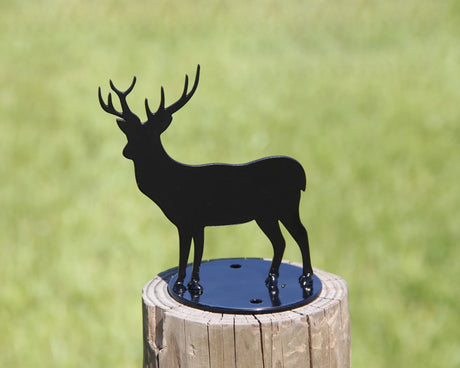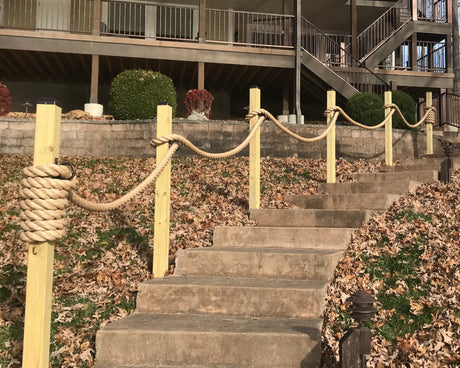

Step 1: Assess the Damage
Examine the fence post to determine the extent of the damage. If the post is only slightly leaning or has minor damage, you may be able to repair it without completely replacing it. However, if the post is severely rotted or broken, replacement may be the best option.
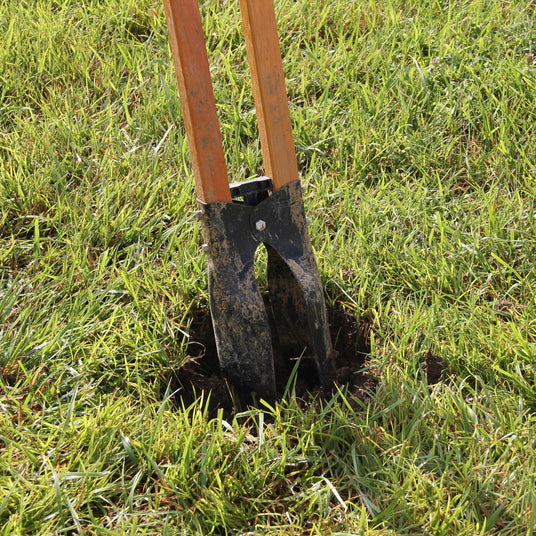
Step 3: Dig a New Hole
Use the post hole digger to excavate a hole for the new post. The hole should be deep enough to support the post securely, typically one-third to half the length of the post. Add a layer of gravel to the bottom of the hole to improve drainage.
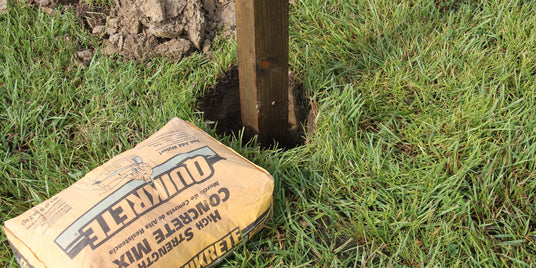
Step 5: Install the New Post
Place the new post in the hole and use a level to ensure it is straight. Temporarily secure the post in place with support stakes. Mix the concrete according to the manufacturer's instructions and pour it into the hole, ensuring the post is centered and level. Allow the concrete to set.
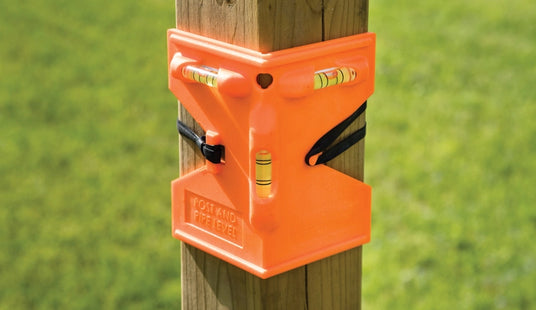
Step 7: Final Check
Reattach the fence panels to the new post and check for stability. Make any necessary adjustments to ensure the fence is straight and secure.







